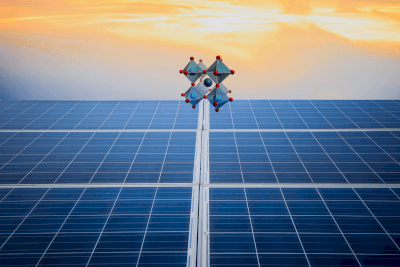What Is a Precursor?

A precursor is a substance that precedes the formation of another chemical substance, often used as a starting material in the chemical synthesis process.
This term is frequently utilized in chemistry, particularly in the areas of organic synthesis and biochemistry.
Uses of Precursors
Precursors are foundational in various industries, including pharmaceuticals and electronics. They are essential in developing technologies such as DRAM charge storage in semiconductor devices and electronic components for circuit patterns. In renewable energy, lead iodide, a precursor for perovskite solar cells, is a notable example.
Principle of Precursors
Perovskite compounds (MeNH3PbI3), derived from lead iodide precursors, are key components in the light-absorbing layers of perovskite solar cells. These cells are constructed in a layered architecture, starting with a transparent electrical film as the negative electrode on the base material. This is followed by a metal oxide layer, the perovskite layer, and a hole transport film, culminating in the positive electrode. The ease of fabrication of this structure, particularly the application of a perovskite crystal thin film to the metal oxide layer, has accelerated research in solar cell technology.
Invented in Japan, perovskite crystals have played a pivotal role in advancing solar cell technology. These cells exhibit outstanding absorption in the infrared region at 800 nm, with conversion efficiencies exceeding 20%. While still considered an emerging technology, perovskite solar cells owe their development to these precursors.